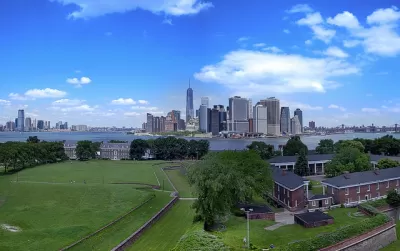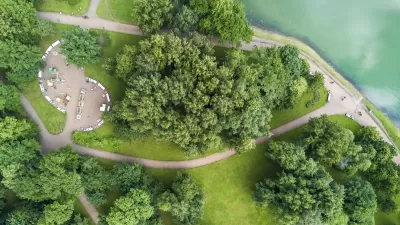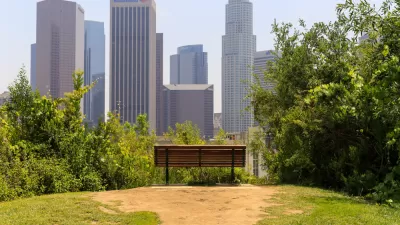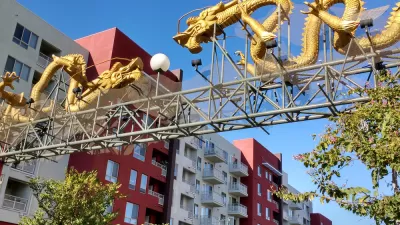A new report by the Center for an Urban Future signals the need for attention to the Big Apple's parks before they are beyond repair.

The Center for an Urban Future released a report on New York City's public parks this week, capturing the attention of multiple media outlets in the process of telling the story of an aging and neglected parks portfolio.
The report, titled "A New Leaf: Revitalizing New York City's Aging Parks Infrastructure," was funded by the Stavros Niarchos Foundation. According to the website for the report, A New Leaf "offers a new level of detail about the infrastructure needs of New York City’s parks—including invisible infrastructure, pathways, built facilities, and landscape—and encompasses both well-known facilities like playgrounds and bathrooms, and lesser-recognized yet integral components, such as drainage systems and retaining walls."
The report also produces more than a 20 recommendations, focusing on issues of financing, maintenance, planning, and construction.
For insight into the media reaction to the report, read the following news stories written since the report's release.
- Inside NYC’s $6 billion parks problem (The New York Post)
- New York City Parks Are In Desperate Need Of Repairs, Study Finds (CBS New York)
- New York City parks hobbled by age, underinvestment according to new report (The Architect's Newspaper)
Eli Dvorkin, managing editor of the Center for an Urban Future, also penned an op-ed for the Gotham Gazette to make the case for a concerted revitalization effort for the city's parks.
FULL STORY: A New Leaf: Revitalizing New York City's Aging Parks Infrastructure

Americans May Be Stuck — But Why?
Americans are moving a lot less than they once did, and that is a problem. While Yoni Applebaum, in his highly-publicized article Stuck, gets the reasons badly wrong, it's still important to ask: why are we moving so much less than before?

Using Old Oil and Gas Wells for Green Energy Storage
Penn State researchers have found that repurposing abandoned oil and gas wells for geothermal-assisted compressed-air energy storage can boost efficiency, reduce environmental risks, and support clean energy and job transitions.

Placekeeping: Setting a New Precedent for City Planners
How a preservation-based approach to redevelopment and urban design can prevent displacement and honor legacy communities.

San Francisco’s Muni Ridership Grew in 2024
The system saw its highest ridership since before the Covid-19 pandemic, but faces a severe budget shortage in the coming year.

Colorado Lawmakers Move to Protect BRT Funding
In the face of potential federal funding cuts, CDOT leaders reasserted their commitment to planned bus rapid transit projects.

Safe Streets Funding in Jeopardy
The Trump administration is specifically targeting bike infrastructure and other road safety projects in its funding cuts.
Urban Design for Planners 1: Software Tools
This six-course series explores essential urban design concepts using open source software and equips planners with the tools they need to participate fully in the urban design process.
Planning for Universal Design
Learn the tools for implementing Universal Design in planning regulations.
Heyer Gruel & Associates PA
City of Moreno Valley
Institute for Housing and Urban Development Studies (IHS)
City of Grandview
Harvard GSD Executive Education
Salt Lake City
NYU Wagner Graduate School of Public Service
City of Cambridge, Maryland





























